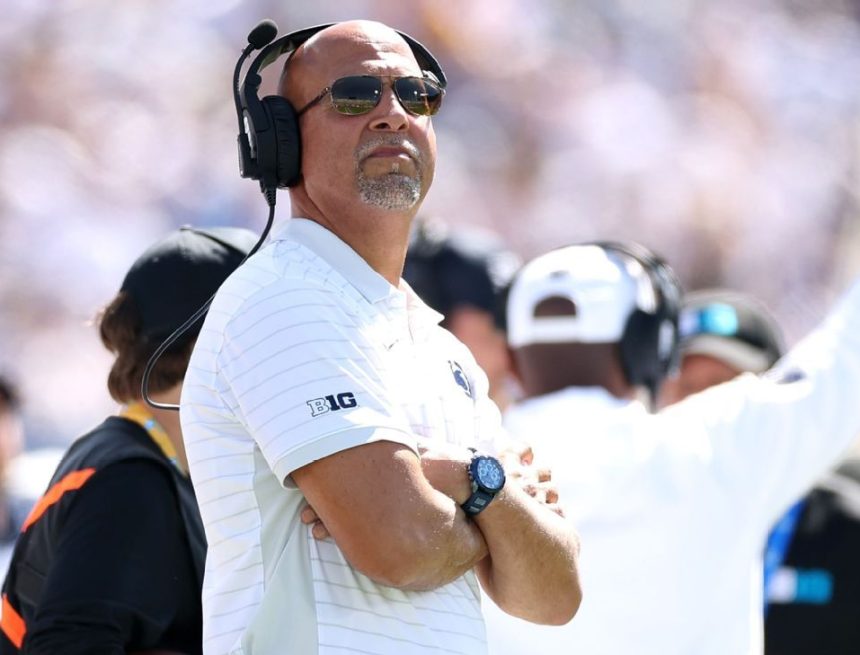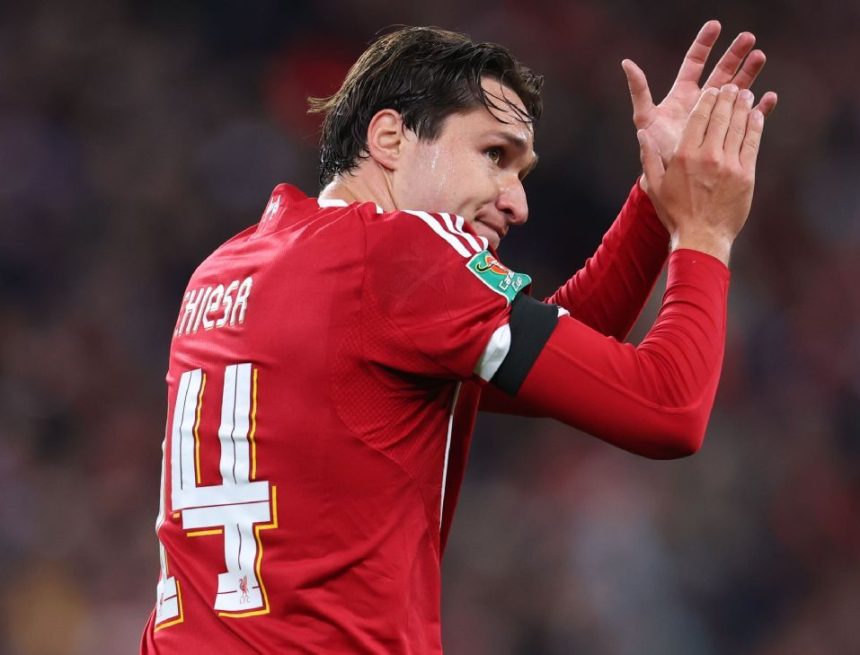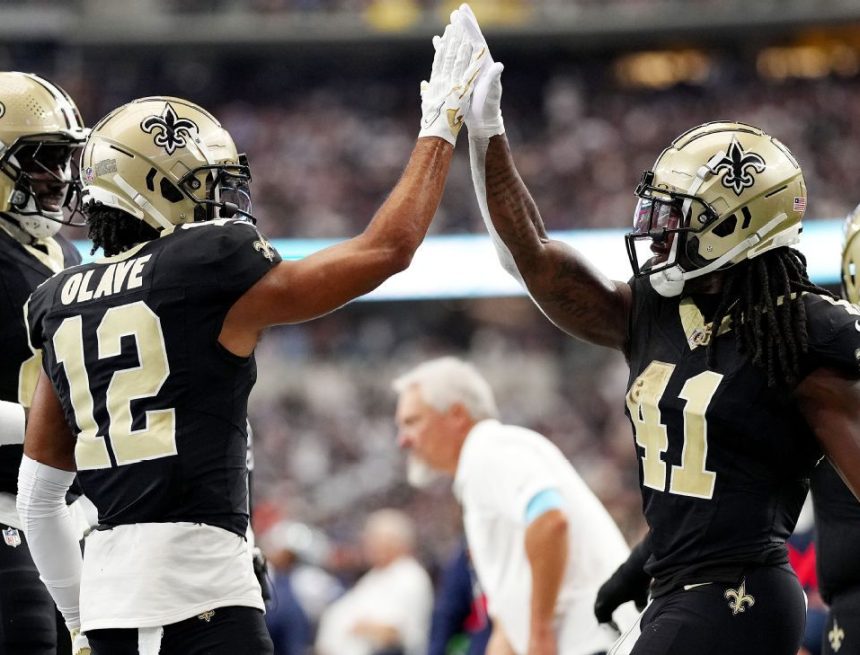Just over one year into the second-apron era, NBA general managers are not fans of all the roster restrictions that come if you exceed certain cap thresholds.
As part of the annual general manager survey conducted by NBA.com’s John Schuhmann prior to the start of the regular season, 26 percent of all GMs voted roster construction as the rule that most needs to be changed.
The specific changes that were mentioned in the overall “roster construction” vote included changing the “too harsh” apron rules, adding a cap discount for a team’s own drafted players, allow for trades involving partial salaries and making all minimum contracts worth the same amount.
Even though the apron rules took effect in the summer of 2024, this past offseason was the first time we really saw its impact on the way teams operate.
The Boston Celtics are the primary example here. They saved more than $300 million between payroll and luxury tax payments primarily by trading Jrue Holiday and Kristaps Porziņģis, but also by not signing free agents like Luke Kornet and Al Horford.
Jayson Tatum’s Achilles injury suffered in the second-round playoff loss to the New York Knicks made it easier for Celtics management to justify cutting costs to such an extreme degree, but it likely would have happened no matter the circumstances.
Another team that would have been projected to hit the second apron this season was the Minnesota Timberwolves, but they acted early to avoid that scenario by trading Karl-Anthony Towns to the New York Knicks and extended Rudy Gobert at a lower average annual salary right before the start of the 2024-25 campaign.
The Cleveland Cavaliers are currently the only team projected to be in the second apron at the start of the 2025-26 season, but there are six other teams projected over the first apron.
Even the first-apron restrictions are causing problems for teams right now. For example, in the wake of Fred VanVleet’s torn ACL that could keep him out all season, the Houston Rockets are only $1.3 million under the first apron.
There have been rumblings about the Rockets potentially being interested in Russell Westbrook for depth at point guard, but the minimum salary for a player with at least 10 years of service time is $3.9 million.
That would trigger the first apron for the Rockets if they did it. However, even if they wanted to sign the former NBA MVP, The Athletic’s William Guillory noted they couldn’t just sign him outright because their sign-and-trade deal for Clint Capela triggered a hard cap, meaning they would have to trade a player with guaranteed money currently on the roster before making a deal with Westbrook.
There was even a real scenario last season when the Dallas Mavericks may have been forced to forfeit games due to not having enough healthy players in part because the team was only $51,000 under the first apron and didn’t want to trigger the penalties by signing a free agent if they could avoid it.
Fortunately, the Mavs were able to keep playing without having to forfeit, but that scenario would have made for an embarrassing moment for the team and the NBA.
The difference in minimum salaries between a player with zero and 10 years of service time is nearly $2.5 million.
When the NBA and National Basketball Players Association agreed to the apron rules as part of the new collective bargaining agreement in 2023, the main selling point was it would prevent the cash-rich team owners from simply outspending everyone else to build a roster.
Steve Ballmer of the Los Angeles Clippers and Joe Lacob of the Golden State Warriors, in particular, were cited as the primary targets of the rule given how liberal both of them had been with payroll spending.
While the rule has certainly impacted the ways those two teams operate, the effect on other teams is really starting to be felt now that everyone is learning to adjust to this new reality.
It might take a scenario where a team decides it would rather forfeit a game than trigger the apron rules for the NBA to consider any potential changes.


